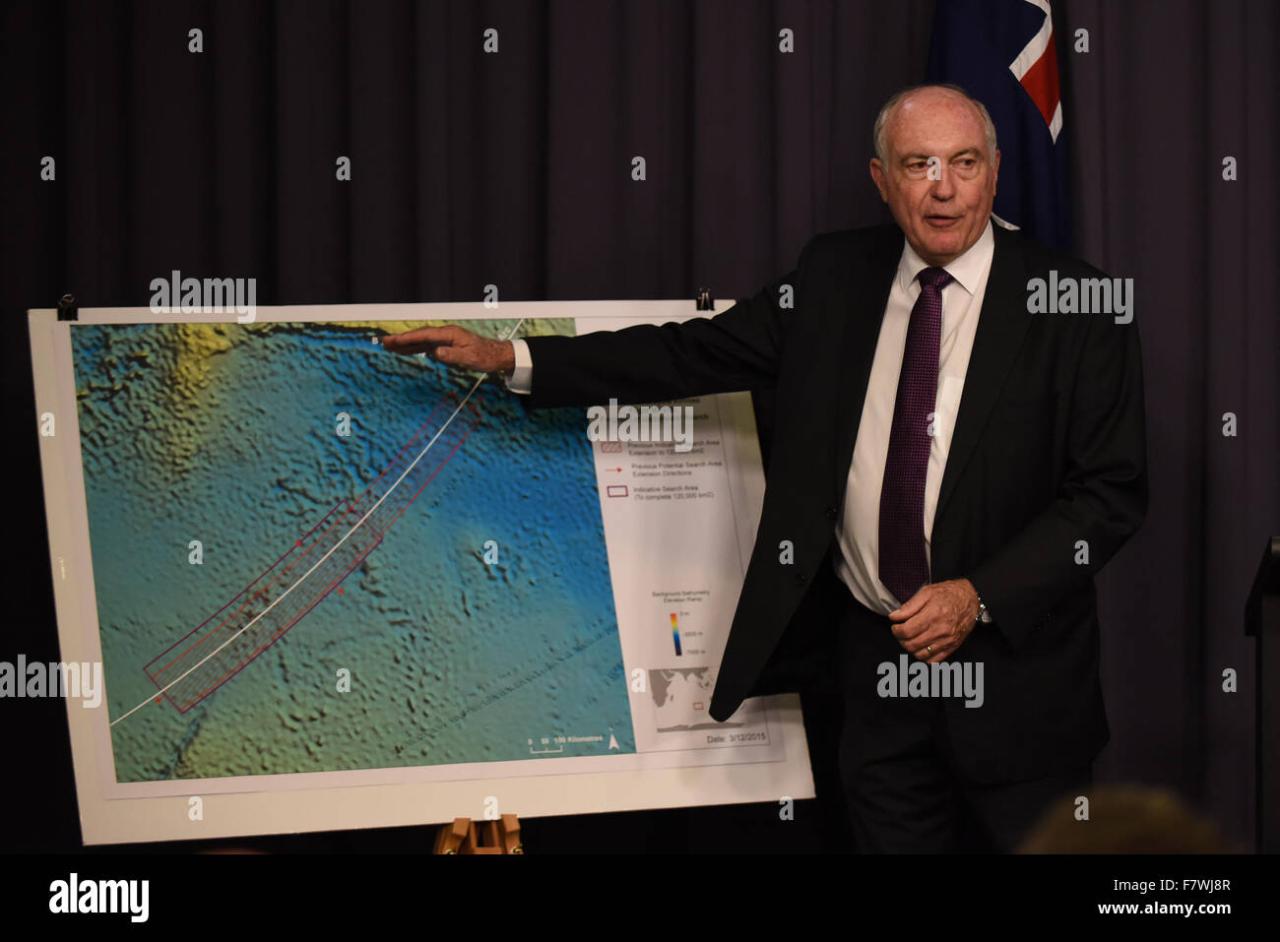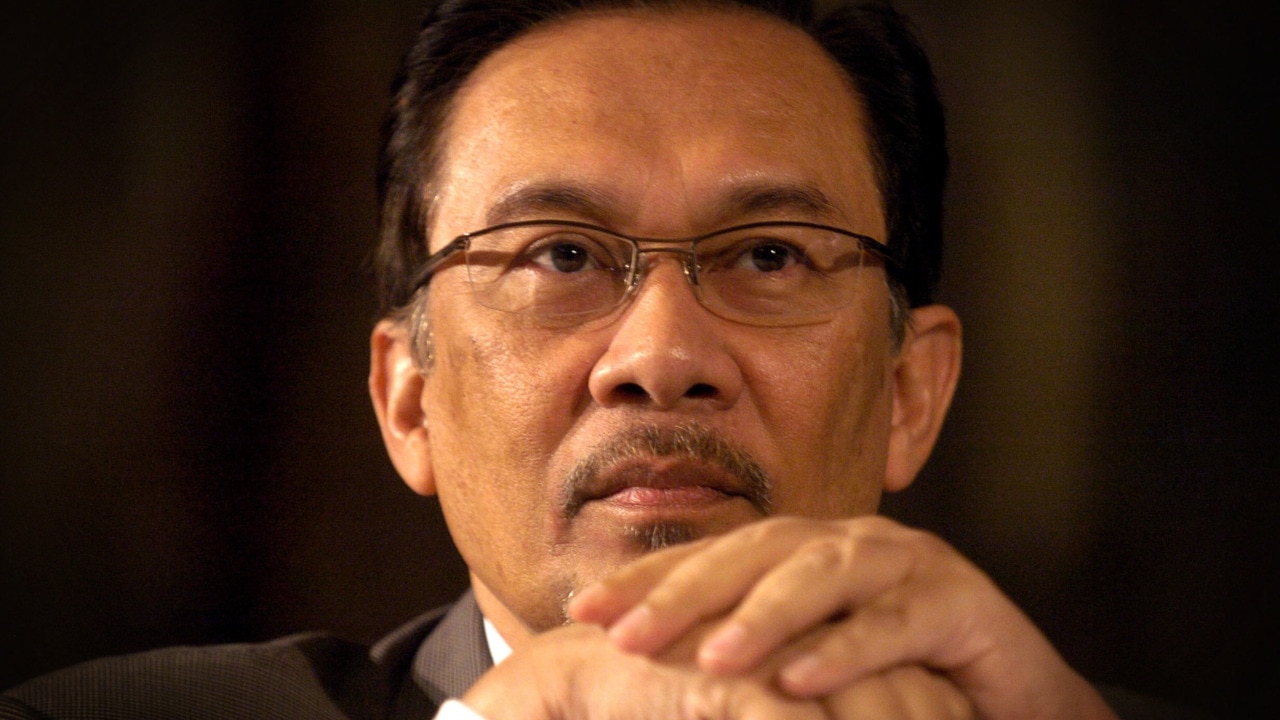Australia responds to fresh MH370 search as Malaysia hopes for a breakthrough. The renewed search for Malaysia Airlines Flight 370, which mysteriously vanished in 2014, has reignited international interest and spurred renewed efforts to locate the missing aircraft. This renewed search is fueled by a combination of factors, including advancements in underwater search technology, new potential leads, and persistent pressure from the families of the victims.
The involvement of Australia, Malaysia, and potentially other nations, presents a complex interplay of political considerations, technological capabilities, and the enduring hope for closure.
This investigation will delve into the specifics of Australia’s official response, Malaysia’s renewed hopes, the role of advanced technology, international collaborations, public opinion, and the potential significance of locating the wreckage. We will examine the challenges and potential breakthroughs in this long-awaited renewed search effort.
Australia’s Response to Renewed MH370 Search: Australia Responds To Fresh MH370 Search As Malaysia Hopes For A

The renewed search for Malaysia Airlines Flight 370 has prompted a measured response from Australia, balancing its past significant involvement with a more cautious approach this time. While Australia remains supportive of the search effort, its level of direct participation appears less substantial than in previous phases. This article will examine Australia’s official position, Malaysia’s hopes, the role of new technology, international collaboration, public opinion, potential search locations, and the overall significance of finding the aircraft.
Australia’s Official Response

Australia’s official statement regarding the renewed search acknowledges the ongoing efforts by Malaysia and expresses a willingness to assist where possible. However, the Australian government has not committed to substantial new funding or direct participation in the search operations. This contrasts with Australia’s previous extensive involvement, which included deploying significant resources, including ships and aircraft, to the previous search efforts in the Indian Ocean.
Australia’s current stance reflects a more limited commitment, prioritizing support rather than leading the operational aspect of the search.
| Action | Timeline | Details | Significance |
|---|---|---|---|
| Initial Search Participation (2014-2017) | 2014-2017 | Deployment of ships, aircraft, and personnel. Significant resources allocated. | Australia played a leading role in the initial, large-scale search. |
| Suspension of Search (2017) | 2017 | Suspension of the Australian-led search due to lack of conclusive evidence. | Marked a significant shift in Australia’s commitment. |
| Support for Renewed Search (2023) | 2023 – Present | Offering assistance and expertise, but without committing significant new resources. | Indicates a shift from leading the search to providing advisory and logistical support. |
Malaysian Hopes and Expectations
Malaysia has expressed renewed hope for the discovery of MH370, driven by new information and technological advancements. The renewed interest follows years of investigation and analysis, including the examination of potential new debris and the use of advanced search technologies. A successful search could provide closure for families and potentially shed light on the circumstances surrounding the disappearance.
Conversely, an unsuccessful search could raise questions about the effectiveness of the investigative process and potentially have political ramifications for the Malaysian government.
Australia’s renewed commitment to the MH370 search follows Malaysia’s renewed hope for closure. The ongoing investigation, while serious, provides a stark contrast to the heartwarming escapism offered by a show like All Creatures Great And Small: Series 4 Episode 6 , a welcome distraction from the gravity of the situation. Ultimately, both the search and the series highlight the importance of perseverance and hope in the face of adversity.
The Role of New Technology

This renewed search effort leverages advancements in underwater search technology, including autonomous underwater vehicles (AUVs) and improved seabed mapping capabilities. These technologies offer significant improvements over the methods employed during the initial search, allowing for more efficient and thorough exploration of the seabed. The use of AI-powered analysis of satellite imagery and other data is also expected to play a role.
- Autonomous Underwater Vehicles (AUVs): Advantages: Greater depth capabilities, wider search area coverage, autonomous operation. Disadvantages: Costly, limited operational time, reliance on good weather conditions.
- Improved Seabed Mapping: Advantages: More precise and detailed maps, better identification of potential debris fields. Disadvantages: Time-consuming, reliant on favorable environmental conditions.
- AI-Powered Data Analysis: Advantages: Can process large datasets more efficiently, identifying patterns and anomalies. Disadvantages: Requires significant computational power, potential for biases in algorithms.
International Collaboration
International collaboration plays a crucial role in the renewed search. While the specifics of the roles and responsibilities of each nation are not publicly available, it’s understood that Malaysia is leading the effort, while other nations are providing technological and logistical support. This level of collaboration, while possibly less extensive than the initial search, remains essential for the success of the operation.
| Country | Role | Contribution |
|---|---|---|
| Malaysia | Lead Nation | Overall coordination, funding, data analysis |
| Australia | Supporting Nation | Expertise, logistical support |
| Other Nations (Potential) | Supporting Nations | Technology, personnel, data sharing |
Public Opinion and Media Coverage
Public reaction to the renewed search is a mixture of hope and skepticism. In both Australia and Malaysia, there’s a palpable desire for closure, but also a sense of weariness after years of unanswered questions. Media coverage reflects this duality, with some outlets focusing on the renewed hope and technological advancements, while others highlight the challenges and uncertainties involved.
The families of the victims continue to be at the forefront of public attention, their ongoing pain and hope serving as a poignant reminder of the human cost of this tragedy.
The emotional impact of the renewed search on the families is profound. After years of uncertainty and unanswered questions, the renewed search represents a glimmer of hope, but also a re-opening of old wounds. The waiting, the anticipation, and the potential for both elation and further disappointment create an immense emotional burden.
Potential Search Locations and Strategies

The specific areas being considered for the renewed search are based on new analysis of satellite data and potential debris locations. The rationale behind selecting these areas is based on the most promising leads generated from recent research and the capabilities of the new technologies being employed. The search strategies will likely involve a combination of seabed mapping and the deployment of AUVs to thoroughly examine the identified areas.
Environmental factors, such as currents, depth, and seabed conditions, will significantly influence the search’s success.
The Significance of Finding the Aircraft, Australia responds to fresh MH370 search as Malaysia hopes for a
Finding the aircraft would have a profound impact on our understanding of the events surrounding the disappearance. It could provide crucial evidence regarding the cause of the crash, potentially leading to improvements in aviation safety and security protocols. The wreckage itself could reveal valuable information about the final moments of the flight, potentially answering long-standing questions and providing closure for the families of the victims.
- Improved understanding of the cause of the accident.
- Enhanced aviation safety and security measures.
- Closure for the families of the victims.
- Advancements in search and recovery technologies.
The renewed search for MH370 represents a confluence of technological advancement, political will, and the unwavering determination of those seeking answers. While the success of the operation remains uncertain, the renewed effort signifies a continued commitment to resolving this enduring mystery. The potential for uncovering new information, improving aviation safety protocols, and providing closure to grieving families makes this endeavor critically important.
The outcome, regardless of whether the wreckage is found, will undoubtedly shape future approaches to large-scale search and rescue operations and international collaboration in the face of such tragedies.
FAQ Overview
What new technologies are being used in the renewed search?
Australia’s renewed commitment to the MH370 search, spurred by Malaysia’s renewed hope, comes as global attention shifts. For instance, a completely unrelated but incredibly impressive athletic feat is currently trending: check out this amazing highlight Highlight: Derrick Henry Front Flips Into Red Zone on 13-Yard Run , showcasing incredible athleticism. The contrast between the somber search and this exciting play highlights the diverse range of news currently captivating the world.
Ultimately, both stories underscore the unpredictable nature of events.
The exact technologies remain undisclosed, but reports suggest advancements in autonomous underwater vehicles (AUVs) and improved sonar capabilities are likely being employed, offering better range and resolution compared to previous searches.
What is the estimated cost of this renewed search?
The cost is currently unknown and likely dependent on the duration and extent of the search effort. Funding sources and the division of costs among participating nations are yet to be fully disclosed.
What is the likelihood of finding the wreckage?
The probability of success is difficult to assess and depends on various factors including the accuracy of new leads, the effectiveness of the technologies used, and the condition of the wreckage itself after years submerged in the ocean.
